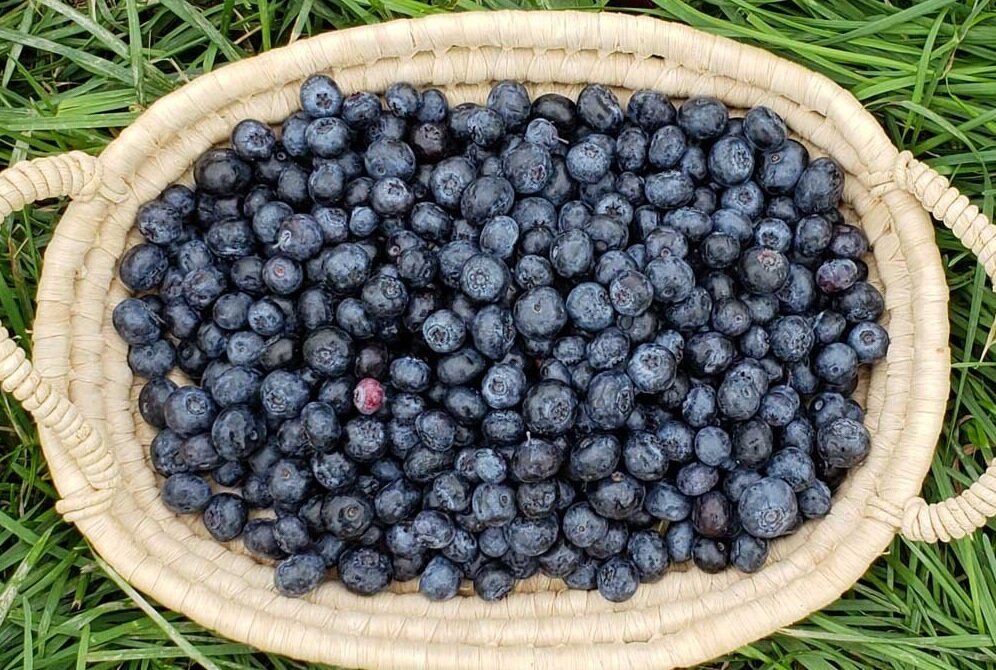Photo by Katja Schulz, CC BY 4.0 <https://creativecommons.org/licenses/by/4.0>, via Wikimedia Commons
By Mike Basedow, CCE-ENYCHP, Eastern New York
Spotted wing drosophila first trap catch is showing up in a handful of ENY counties this week. Counties reporting first catch in our region include Columbia County, Rensselaer county, Saratoga County, Washington County, and Essex County. Cherries and peaches will be at risk once they’ve begun to blush or soften. Spotted wing can be managed using a combination of cultural and chemical practices. You will need to be diligent.
Excellent sanitation will reduce SWD populations. Fruit should be harvested frequently and completely to prevent the buildup of ripe and over-ripe fruit. Unmarketable fruit should be removed from the field and either frozen, “baked” in clear plastic bags placed in the sun, or disposed of in bags off-site. This will kill larvae, remove them from your crop, and prevent them from emerging as adults.
Cool fruit immediately. Chilling immediately after harvest to 32° – 34° F will slow or stop the development of larvae and eggs in the fruit. U-Pick customers should be encouraged to refrigerate fruit immediately to maintain fruit quality at home.
An open canopy will make the environment less favorable. Prune to maintain an open canopy, increase sunlight and reduce humidity. This will make plantings less attractive to SWD and will improve spray coverage. Repair leaking drip lines and avoid overhead irrigation when possible. Allow the ground to dry before irrigating.
Insecticide sprays will kill SWD adults and thereby reduce egg laying. Insecticide treatments should begin at first SWD trap catch when highly susceptible fruit crops begin ripening. Insecticides should be re-applied at least every seven days and more often in the event of rain. Choose the most effective insecticides with pre-harvest intervals that work for your picking schedule. Rotate insecticides according to their modes of action. The spray guide quick sheets for SWD can be found here.
You can also learn more about regional monitoring efforts for spotted wing, as well as tips for management of this pest, on the NYS IPM SWD webpage.



